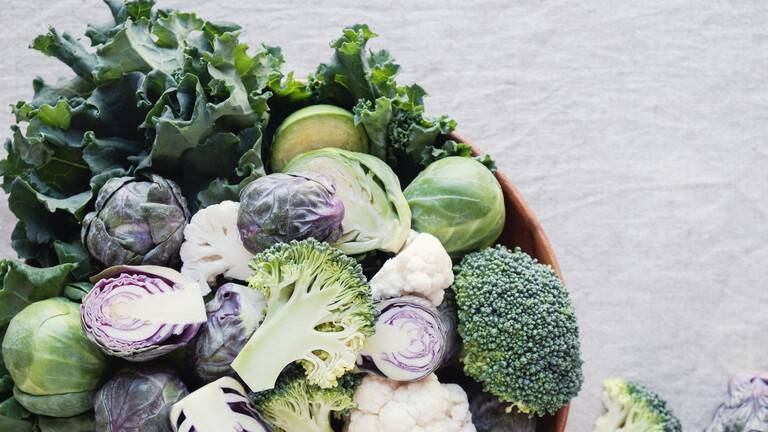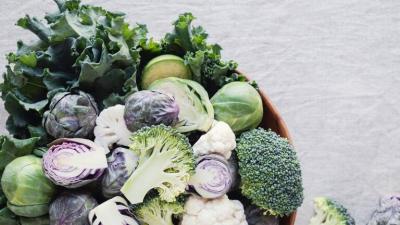If you are looking for vegetables rich in vitamins and minerals, and even with anti-cancer properties, look no further than the group known as cruciferous vegetables. Research indicates that consuming this type of vegetable may assist in overcoming colds. Cruciferous vegetables such as broccoli and cabbage contain a molecule that helps maintain a healthy "barrier" in the lungs, which may, in turn, alleviate lung inflammation. Scientists claim this could give the body an edge in fighting the flu or other respiratory infections. Immunologist Dr. Andreas Wack from the Francis Crick Institute stated, "People may be less likely to maintain a good diet when they are sick, so they don't get the vegetable molecules that make this system work. It's a good idea to eat a lot of cruciferous vegetables anyway. But this shows that it's very important to continue eating them when you are sick."
In a recent study, scientists from the Francis Crick Institute examined a protein called the aryl hydrocarbon receptor (AHR), which can be activated by natural molecules found in these types of vegetables. The natural molecules present in cruciferous vegetables, such as kale and cauliflower, can activate it, initiating an internal signaling cascade. While the effect of the aryl hydrocarbon receptor on immune cells is well understood, the new study, published in the journal Nature, found that it also plays a role in endothelial cells lining the blood vessels in the lung. The lung has a two-layer barrier, one made of endothelial cells and the other of epithelial cells, which allows oxygen in. However, this barrier must remain strong to fend off pollution, viruses, and bacteria.
Scientists conducted a series of experiments on mice that found the aryl hydrocarbon receptor plays a significant role in helping maintain a strong barrier. The team found that influenza-infected mice had blood in the air spaces between their lungs because it leaked through a damaged barrier. However, the presence of the aryl hydrocarbon receptor appeared to halt this leakage. When the aryl hydrocarbon receptor was "hyperactive," less blood was observed. The results showed that mice with enhanced aryl hydrocarbon receptor activity obtained through diet did not lose as much weight when infected with the flu. The rodents were also more capable of resisting bacterial infections. When the expression of the aryl hydrocarbon receptor was inhibited in the pulmonary endothelial cells of the mice, there was greater damage to the barrier, according to the study published in Nature.
Dr. Wack remarked, "Until recently, we mainly looked at the issue of protecting the barrier through the lens of immune cells. We have now shown that the aryl hydrocarbon receptor is important for maintaining a strong barrier in the lungs via the endothelial cell layer, which is compromised during infection." Dr. Claire Burke, an expert in infection and immunity at Queen Mary University in London, who did not participate in the research, welcomed the study's findings, saying, "The exciting part of this study is that it identifies a previously unknown way through which the cells lining the blood vessels in the lung can contribute to defense against lung damage due to influenza."
The team conducted a set of precise and detailed experiments to narrow down the effects seen in influenza-infected mice to this specialized group of vascular endothelial cells, identifying the molecular driver of the effect, which is the activity of the aryl hydrocarbon receptor. Researchers emphasize the importance of further investigations into whether diets and other pathways can influence how endothelial cells aid and/or hinder the body's response to infection.




